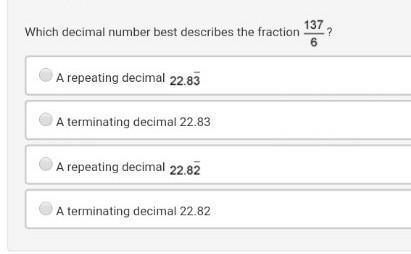
Mathematics, 23.06.2021 19:40 paolaviviana
For some integers that are not palindromes, like 91, a person can create a palindrome by repeatedly reversing the number and adding the original number to its reverse. For example, $91 + 19 = 110$. Then $110+011 = 121$, which is a palindrome, so 91 takes two steps to become a palindrome. Of all positive integers between 10 and 100, what is the sum of the non-palindrome integers that take exactly six steps to become palindromes?

Answers: 1


Another question on Mathematics

Mathematics, 21.06.2019 15:30
Gretchen is setting up for a banquet. she has 300 chairs and needs to distribute them evenly among t tables. how many chairs should she put at each table? write your answer as an expression.
Answers: 1


Mathematics, 21.06.2019 18:30
Astuntman jumping off a 20-m-high building is modeled by the equation h=20-5t^2, where t is the same in seconds. a high-speed camera is ready to film him between 15m and 10m above the ground. for which interval of time should the camera film him?
Answers: 1

Mathematics, 21.06.2019 18:50
Find the center and the radius of the circle with the equation: x^2-2x+y^2+4y+1=0?
Answers: 1
You know the right answer?
For some integers that are not palindromes, like 91, a person can create a palindrome by repeatedly...
Questions




Mathematics, 09.09.2019 23:30




History, 09.09.2019 23:30


Mathematics, 09.09.2019 23:30




Spanish, 09.09.2019 23:30


Spanish, 09.09.2019 23:30



Mathematics, 09.09.2019 23:30




